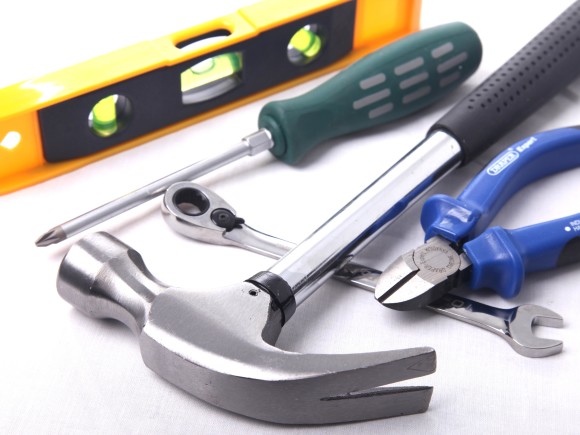 By Wayne T. Hudson, LEED AP
By Wayne T. Hudson, LEED AP
There are many things you can do to optimize your building’s energy performance, in order to maximize savings and reduce waste. Replacing old boilers and chillers is certainly one way to do it. But you don’t need to take such a drastic, and often expensive, step if you don’t want to or can’t afford it. In fact, the best first step may be as simple as finding ways to tweak your existing systems.
Known as “recommissioning,” the process of examining an existing building to find new ways to improve its overall energy performance can be an effective way to reduce your operating and maintenance costs, cut energy consumption, and minimize your environmental impact.
Ensure Efficiency
According to the International Facility Management Association (IFMA), recommissioning was first created to ensure that HVAC systems were installed and operating properly. These days, the term can be applied to many other systems, such as lighting, plumbing, or electrical, to ensure operational efficiency.
A recent study of more than 220 recommissioned buildings, conducted by the Lawrence Berkeley National Laboratory, found that recommissioning can produce an average energy savings of 15%, with potential payback in less than a year.
How can your building realize cost savings like this? In a number of ways. For example, by replacing a typical incandescent light bulb with a comparable compact fluorescent bulb you can reduce the fixture’s electricity use by 75%.
There are many other measures you can take, depending on your individual needs, to keep your system operating at peak performance and boost your energy savings. The key is to keep it simple at fist. Take a few low-cost recommissioning steps before leaping into a large-scale renovation.
For additional information about improving the energy performance of your facility, contact us.
